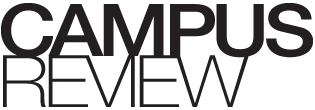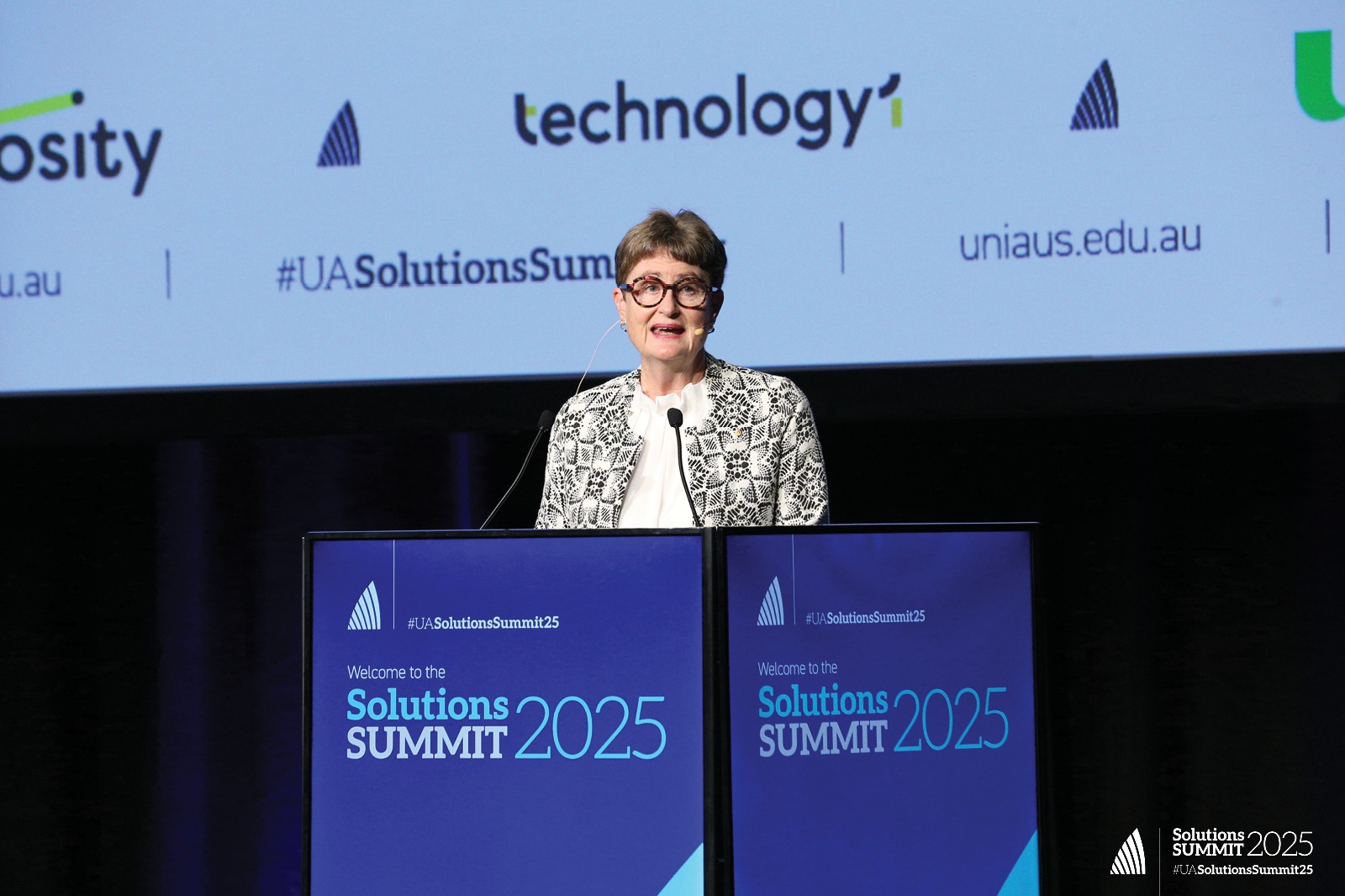CommentaryFaculty FocusTop Stories
Winning by skating to where the puck is going to be: opinion

Wayne Gretzky, the famous Canadian ice hockey player, is quoted as saying that he “skates to where the puck is going to be, not where it has been”. He argues his success against competitors was down to that. Is competition among universities and their leaders similarly coming down to who can foresee the future better than others, and get there faster?
Please login below to view content or subscribe now.





